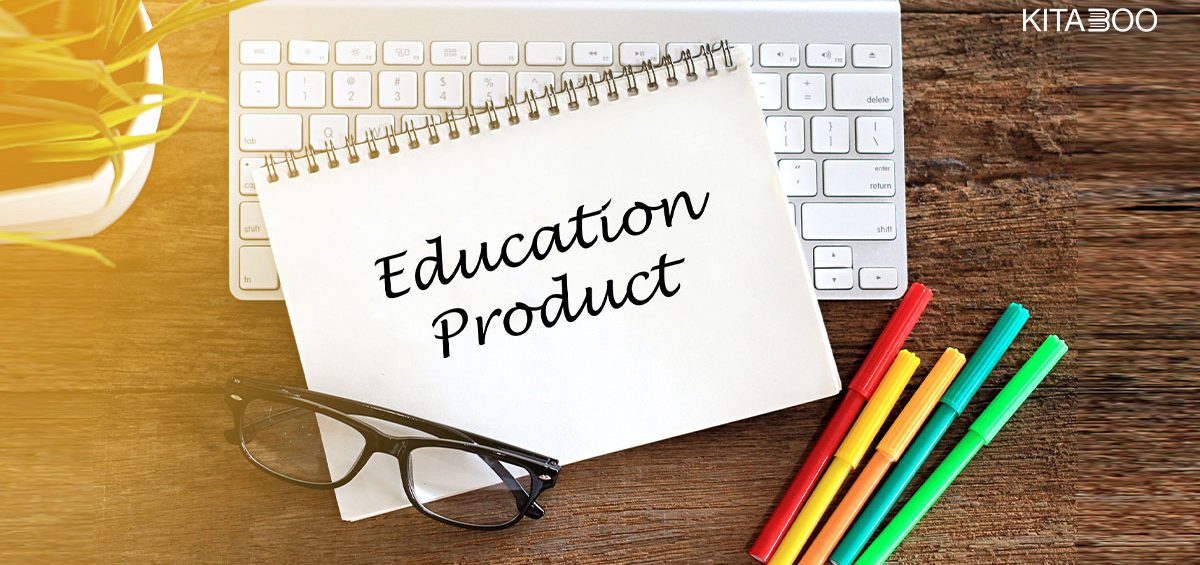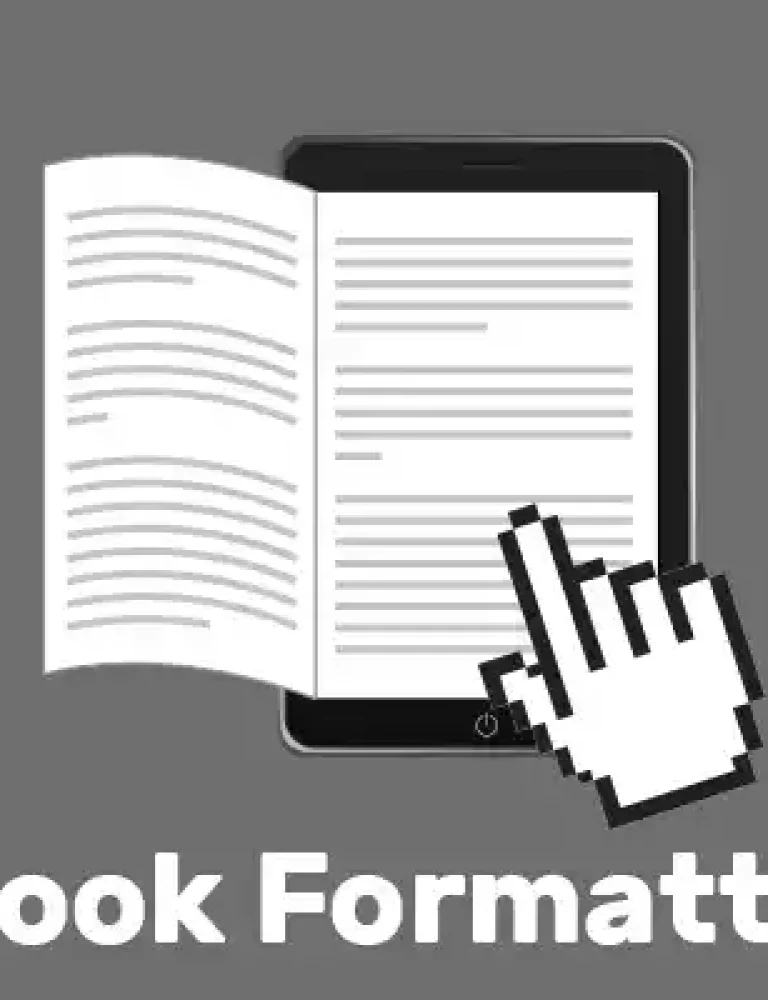The EdTech industry, significantly grown during the pandemic, now faces the challenge of designing products for varied learning environments. It’s crucial for these products to offer the best user experience, whether for all-digital learning or hybrid models.
Discover essential strategies for designing impactful EdTech products focused on user experience and inclusivity.
Below are a few tips to help designers create an education product for a better user experience –
Collaborate with Educators
Involving educators in product design ensures that the product meets real classroom needs. Teachers can provide insights into students’ individual requirements and effective teaching strategies, ensuring the product adds genuine value to the educational experience.
Improve Product Accessibility
Define the Purpose of the Product
EdTech products should have a clear, unique selling point. They should not only aid in remote teaching but also offer unique features like interactive and engaging learning tools, independence for students, and adaptable lesson plans.
Also Read: Best eBook Creation Softwares
There is No One-Size-Fits-All Approach
Technology in education should adapt to varied environments. Considerations like internet connectivity, device compatibility, and socioeconomic factors are vital. Offering flexible learning solutions and understanding the diverse technology landscape helps in creating products that truly cater to all users.
Conclusion
- Involve educators in the design process for tailored solutions.
- Ensure product accessibility, considering disabilities and internet constraints.
- Clearly define the unique purpose and selling points of your product.
- Adopt a flexible approach, catering to diverse technological environments and user needs.
A successful EdTech product should balance functionality with simplicity, addressing the diverse needs of learners and educators in various learning settings. For more information on our innovative eLearning solutions, contact us at KITABOO@hurix.com.
Suggested Reads:
Discover How An Ebook Conversion, Publishing & Distribution Platform Can Help You
Kitaboo is a cloud-based content platform to create-publish & securely distribute interactive mobile-ready ebooks.
You May Also Like









